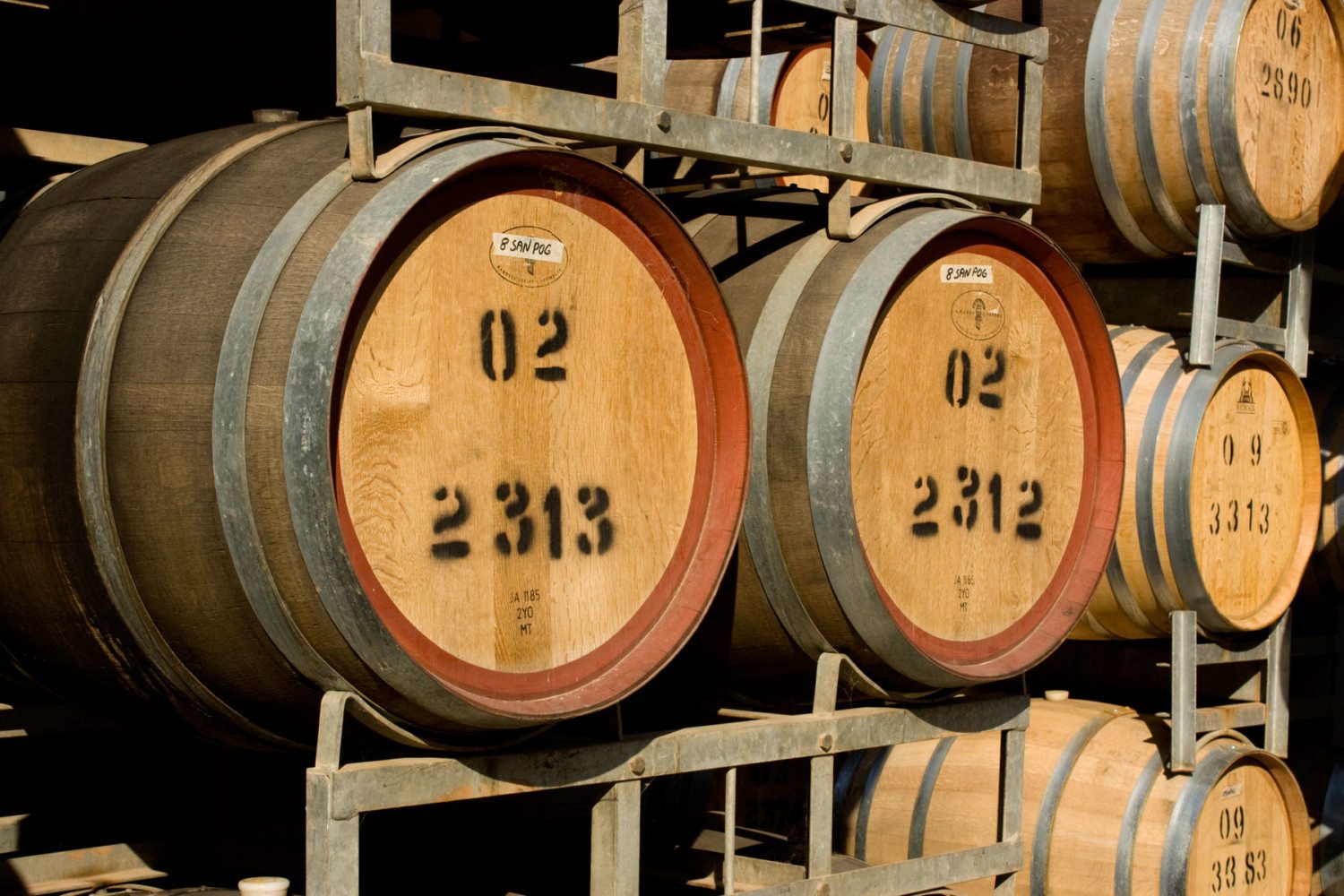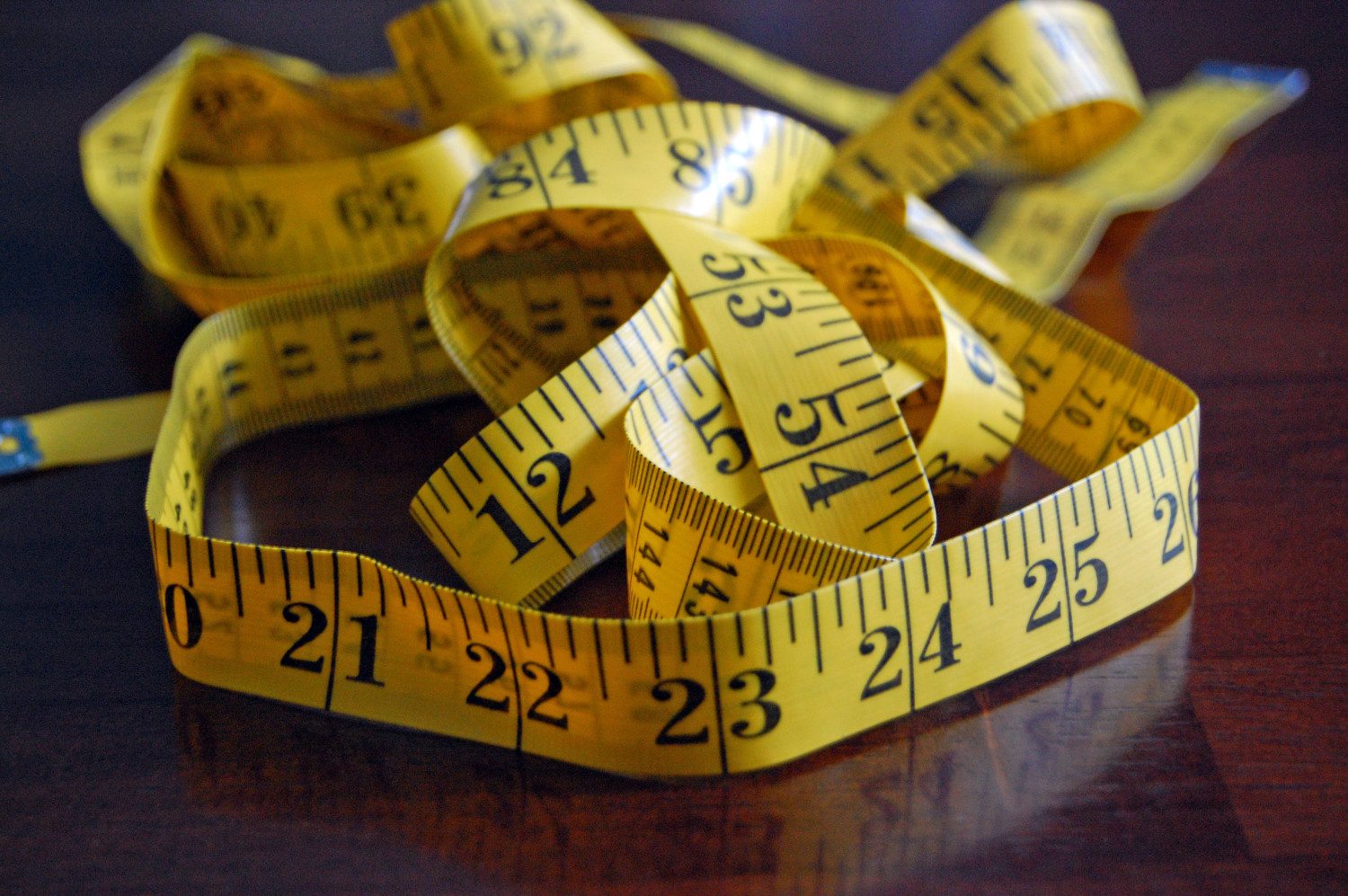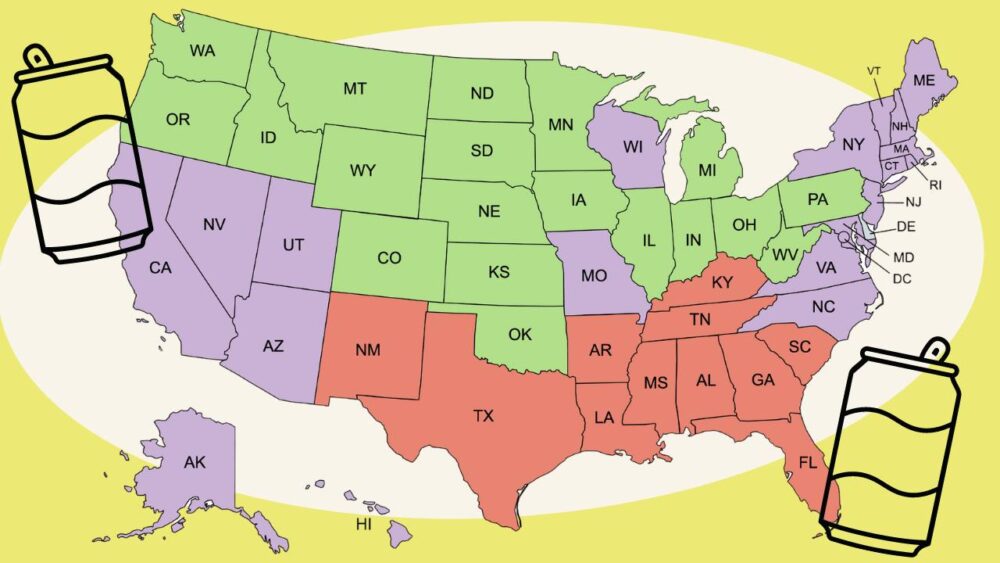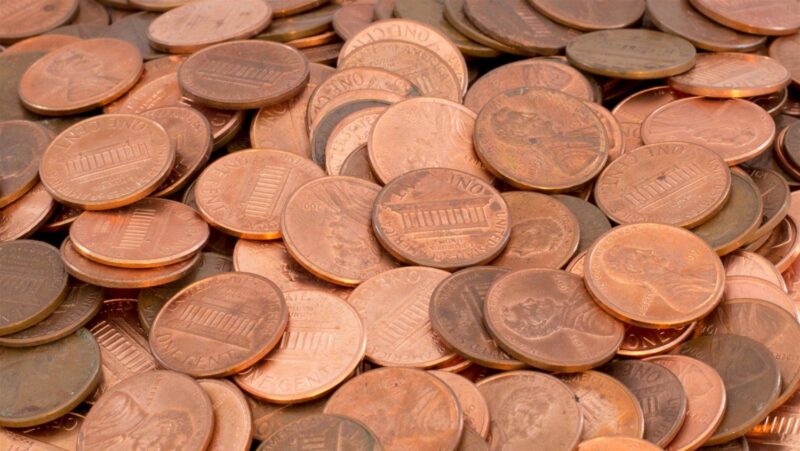Did you know that a ‘butt’ is an actual unit of measurement?

The two main systems for measuring distance and weight are the metric system and the imperial system. While most countries use the metric system, one big exception is the good ol’ United States of America. We are actually one of three countries in the world that still use the imperial system. (The other two are Liberia and Burma, FYI.)
One of the quirks of the imperial system is that it uses some funny words for measurements. Perhaps the best one? A “butt.”
Yes, its true—a butt is actually a unit of measurement for wine or whiskey casks. According to the experts at the Macallan distillery in Scotland, a butt is 108 imperial gallons. Keep in mind, one imperial gallon is about 1.2 American gallons. So, if someone says they drank a “buttload” of wine, they are in for one heck of a hangover!
Though antiquated terms like butt are not frequently used these days outside of wineries and distilleries, they have an interesting past. Butt originates from the word “botte,” a Medieval French and Italian term for boot. If you were in Italy, you would hear the word botte used to refer to a wine cask, even today.
Here’s another strange word for you: “hogshead.” According to the history books, a butt is the equivalent of two hogsheads. This word, admittedly, doesn’t make much sense.
So let’s dig deeper. The word hogshead dates way back to the period between 1350 to 1469. Hogshead is synonymous with “a large cask,” perhaps because it may have looked similar to a hog. It wasn’t until 1423 that the British Parliament decided to standardize this as a unit of measurement.
Around the same time, Parliament standardized a hogshead as 54 gallons. Other terms of measurement were also established at this time, including a tun (no, not a ton) at 432 gallons, a puncheon at 72 gallons and a tierce, which is a third of a puncheon. Other lesser known, but equally odd words for measurements include the kilderkin at 18 gallons, the nine-gallon firkin (though you can also call it a rundlet) and finally, a pin. The pin is the smallest unit, at four and a half gallons.
Speaking of the gallon, it shouldn’t come as a surprise that there are more than just one type of gallon. There’s the standard U.S. version, a dry U.S. version, the wine gallon, and the pre-1824 imperial gallon and the post-1824 imperial gallon.
Oh, and for all you woodworkers out there, the hoppus foot, used for timber, is the equivalent of one cubic foot.
Have you heard of a parasang? Probably not. With its origins dating back to the first century, it’s one of the oldest units of measurement known to man. This Iranian unit of distance could mean anything from 6,000 paces across rough terrain to 15,000 paces in sunny weather. You can imagine the difficulties involved in standardizing anything that long ago.
These words seem strange, but to be fair, how would you figure out measurements before rulers or any modern technology for that matter? The imperial system measures height in hands, feet in feet. Literally. In a way that makes sense. A hand is named after the four inches thought of as the typical width of a hand. Fun fact: today, horses are still measured in hands. And when it comes to feet, you guessed it! A foot is named after the average length of a man’s foot—or 12 inches.
So while it’s historically tough to convert some of these old measurements, as there’s little reasoning to the actual formulas in attaining them, the words and their history are certainly interesting.







